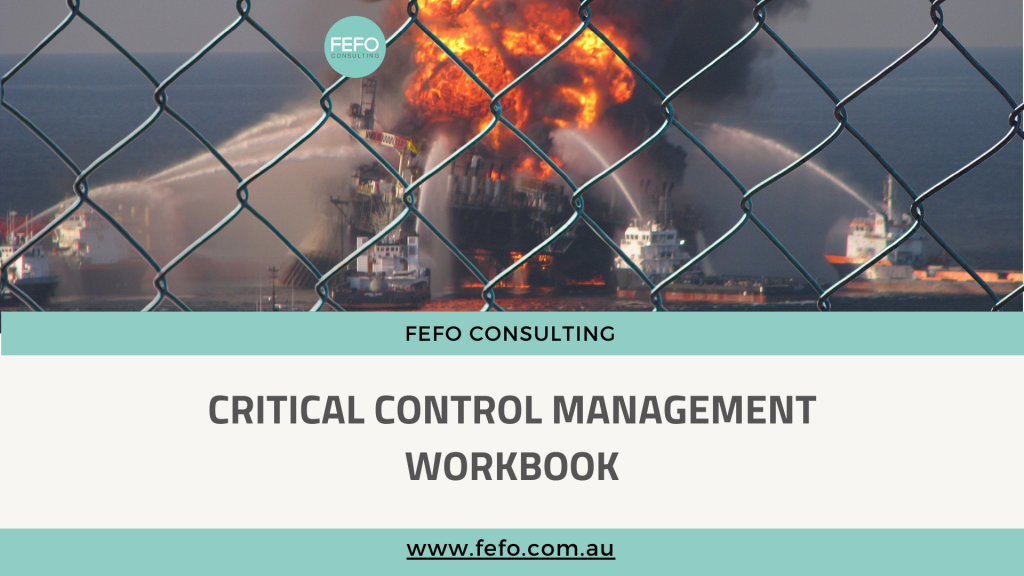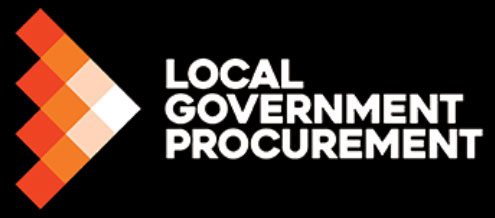As part of the FEFO Consulting business strategy, we aim to “Celebrate Success” by purposely pausing, reflecting, and also sharing lessons learnt with our team, partners, and clients.
In the previous year, we have worked across several different industries to help organizations understand their material risks and ensure critical controls are effective to prevent fatalities and catastrophic events. Examples include:
- Energy and Power
- Retail
- Manufacturing
- Mining
- Ports
- Local Councils
- Construction
- Transport
- and several more.
Importantly, each organization is different and needs vary. Notwithstanding this, there are common attributes that assist with enabling effective critical risk management outcomes.
Here are the Top 3 Tips from the previous twelve months.
1. Integration
It’s important to integrate risk management into various business processes to ensure that risk considerations are embedded in decision-making. At FEFO Consulting, we help organizations identify “Touch Points”, and simple ways to integrate critical controls.
These touch points are strategically identified to ensure the best Return on Investment (ROI) and to ultimately add value.

2. Adaptability
The program should be flexible and adaptable to evolving risks and business environments.
Taking advantage of new technology can also enable data to be captured, a threshold to trigger an automated response and ultimately controls and be seamlessly verified as effective.
In recent months we partnered with myosh and the Port Authority of NSW to build a Critical Risk Management program.

3. Feedback Loops
Outputs or results of Critical Risk Management can be used as input for further improvement or adjustment. It involves receiving information or feedback, analyzing it, and then making necessary changes to enhance performance or achieve desired outcomes.
Positive feedback loops amplify a particular effect, leading to rapid growth or escalation. Negative feedback loops, on the other hand, dampen or counteract an effect, promoting stability and balance.
Examples of feedback loops include performance reporting, real-time data, coaching conversations, and other methods to share learning.

For more information on typical phases of a Critical Risk Program, refer to our 5-part webinar series or contact us / +61 1300 909 649.





